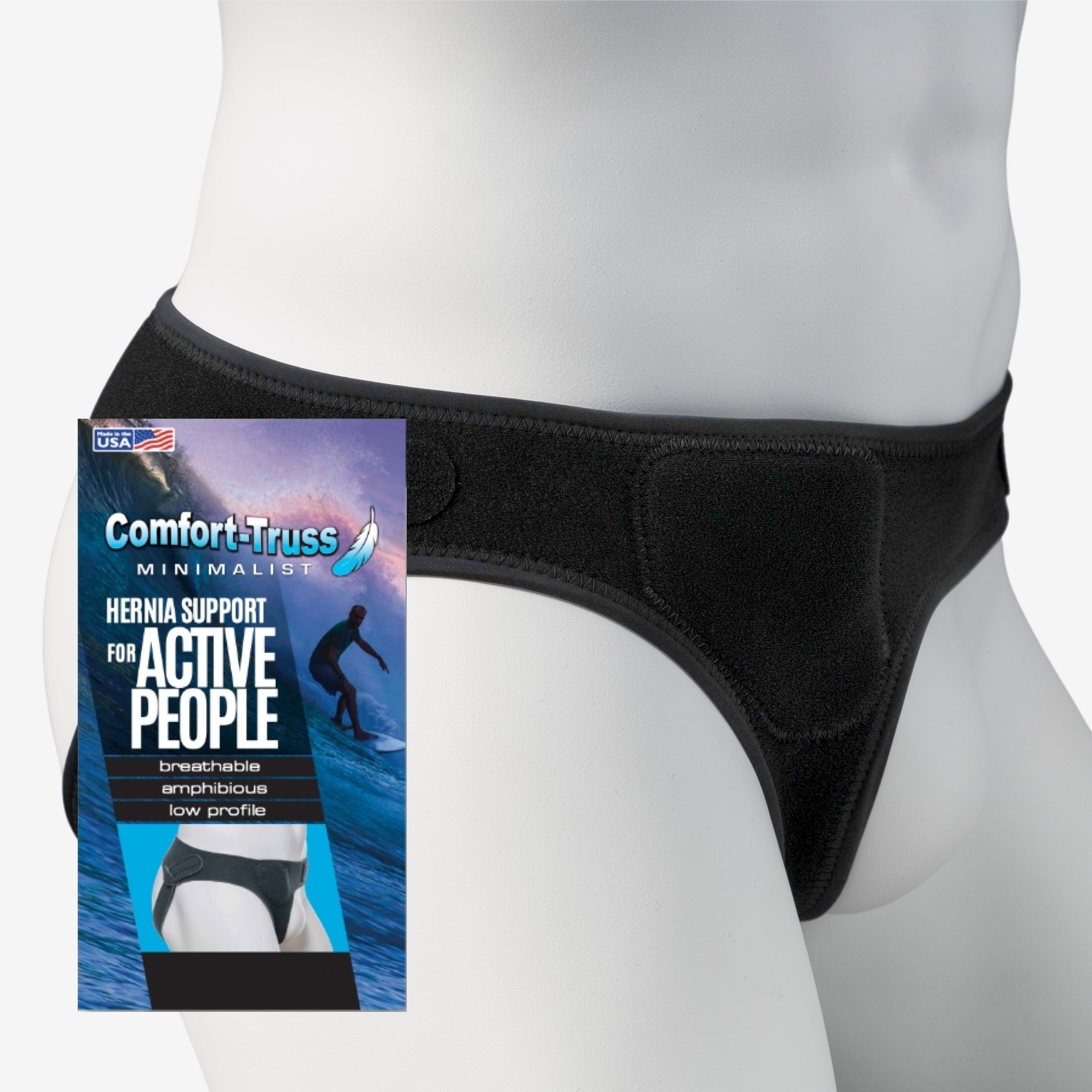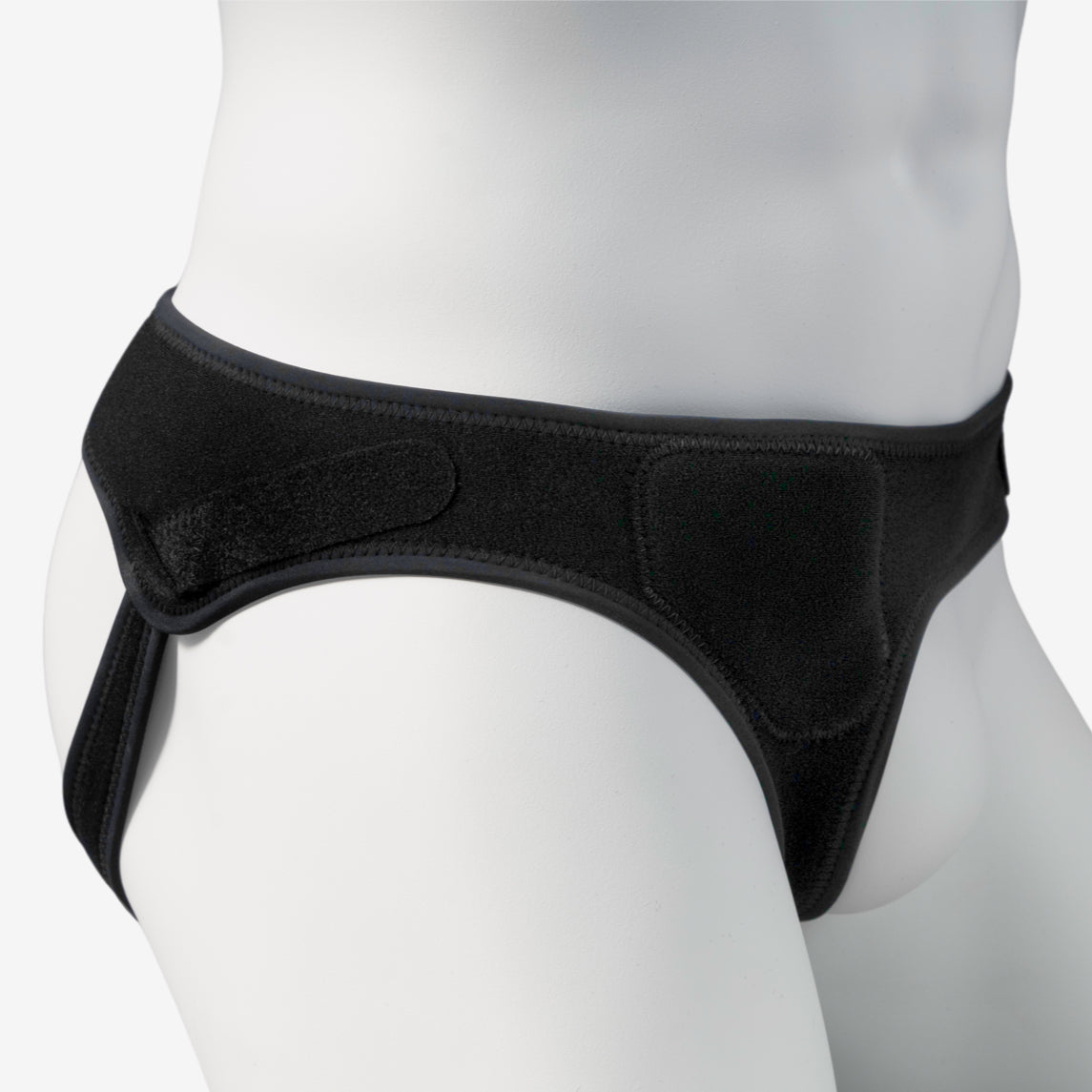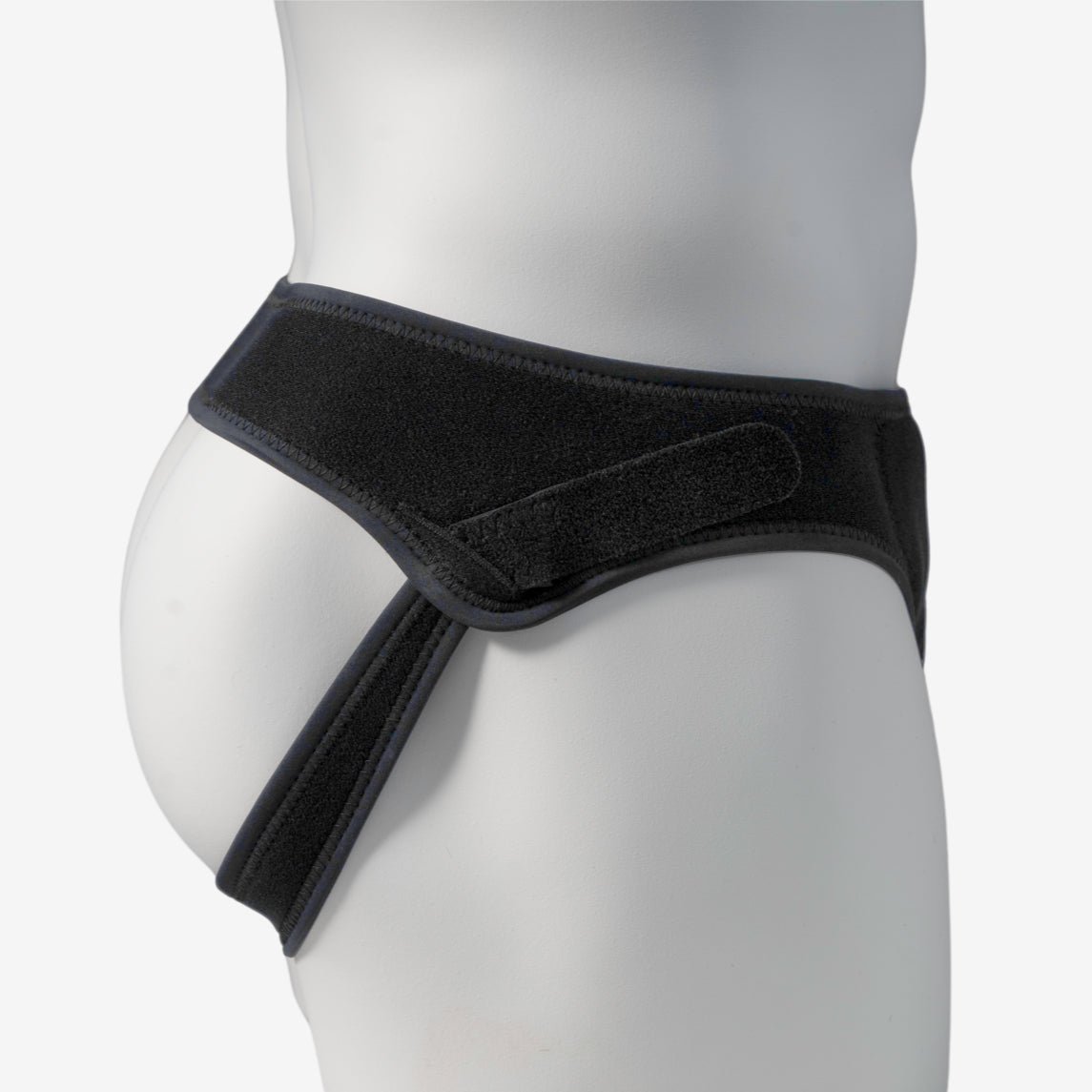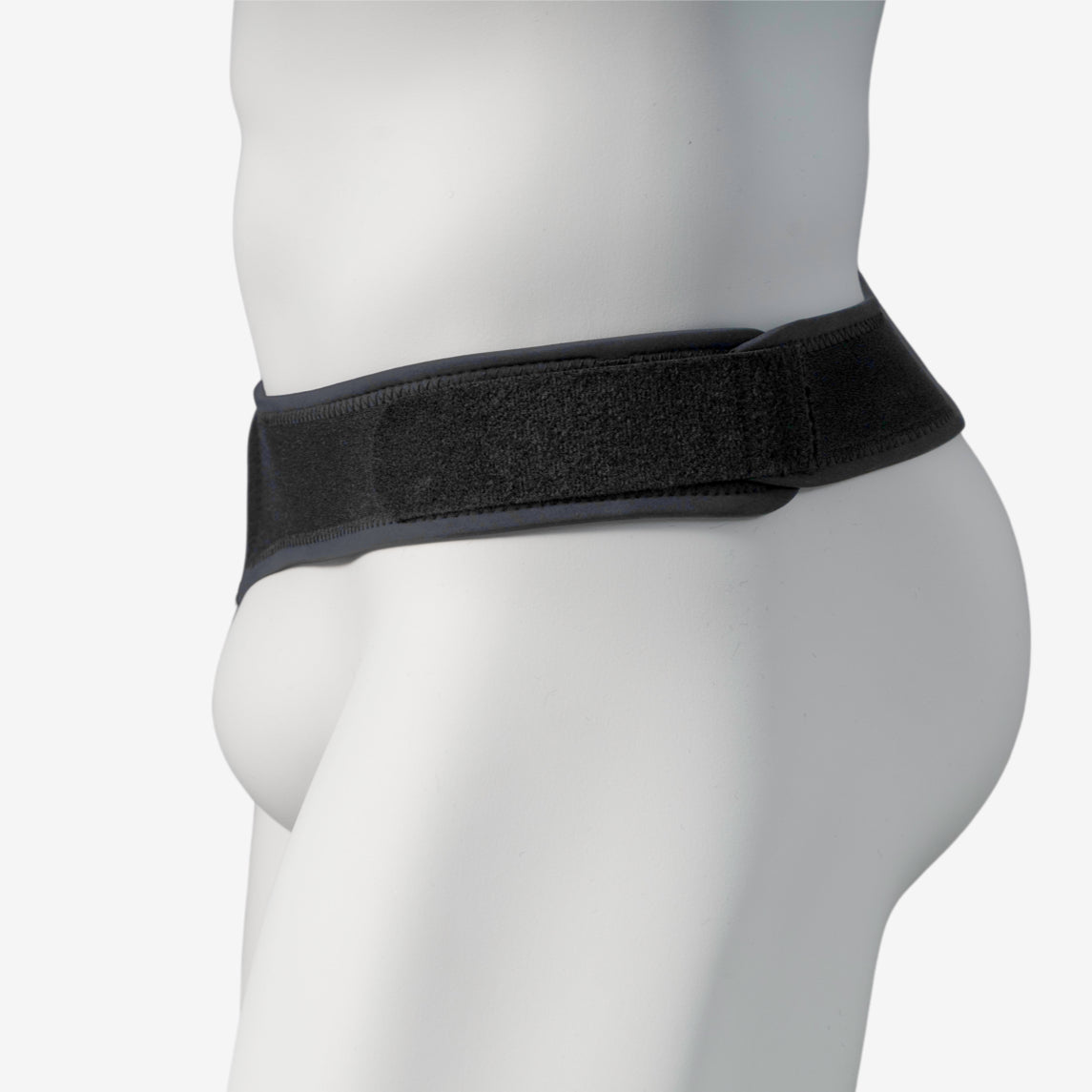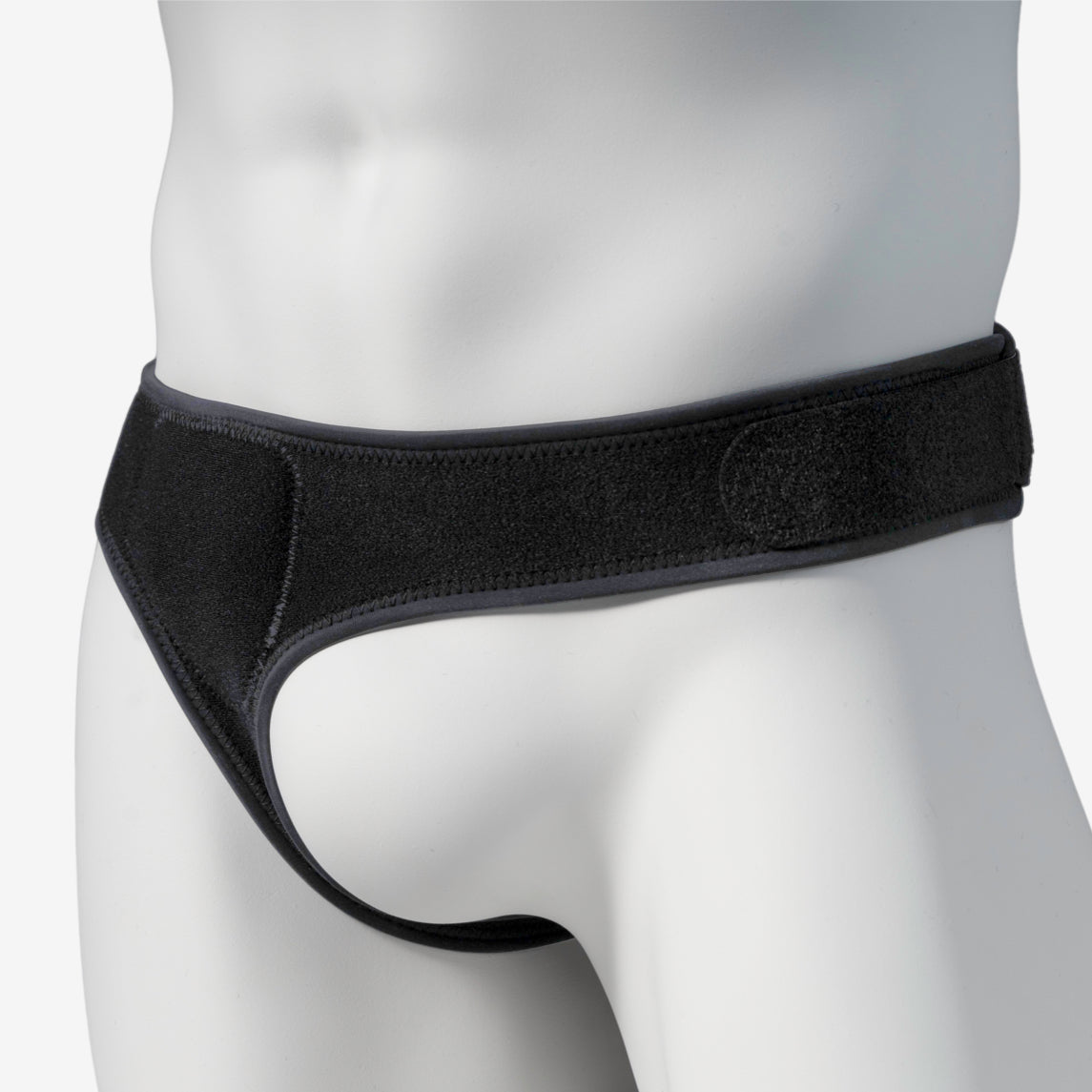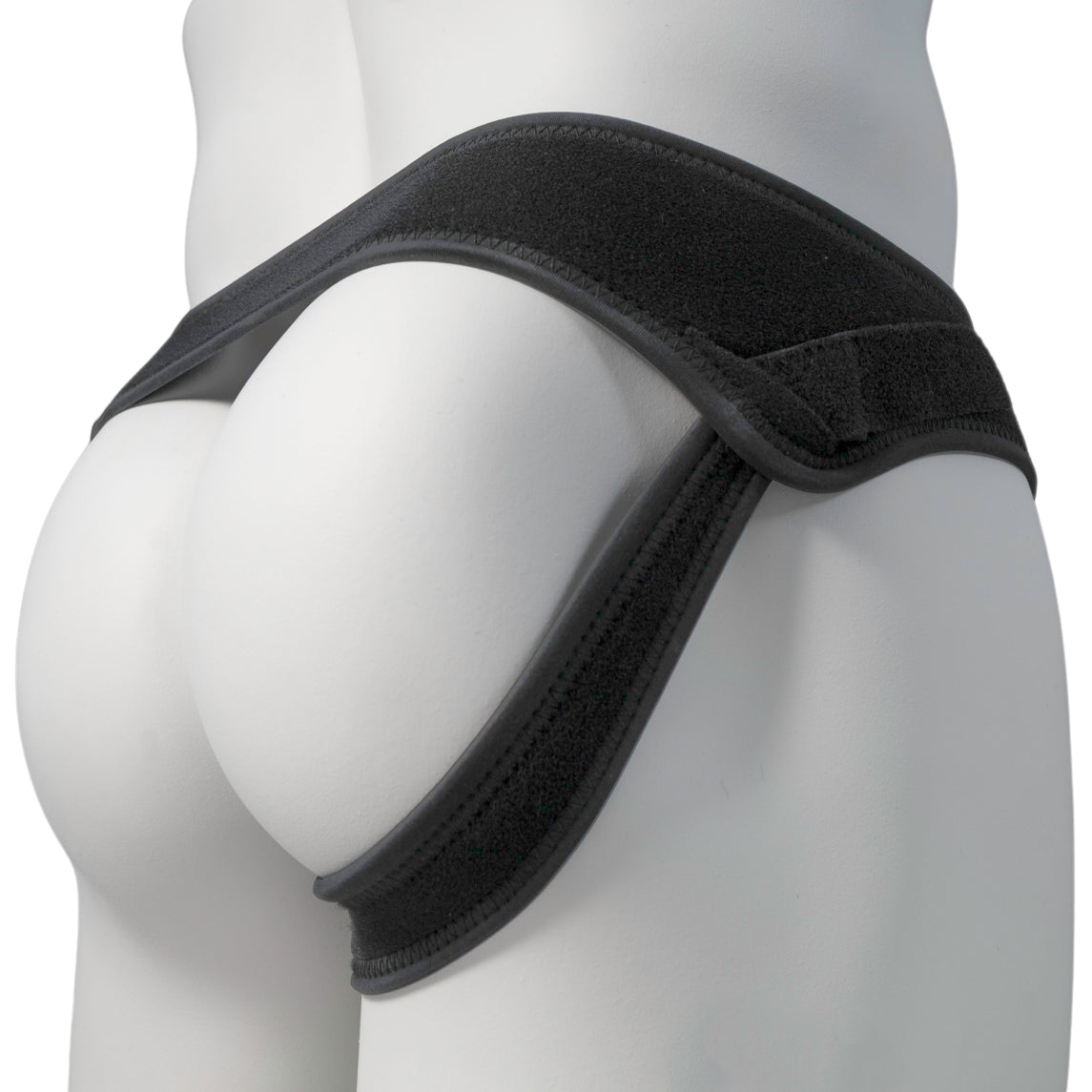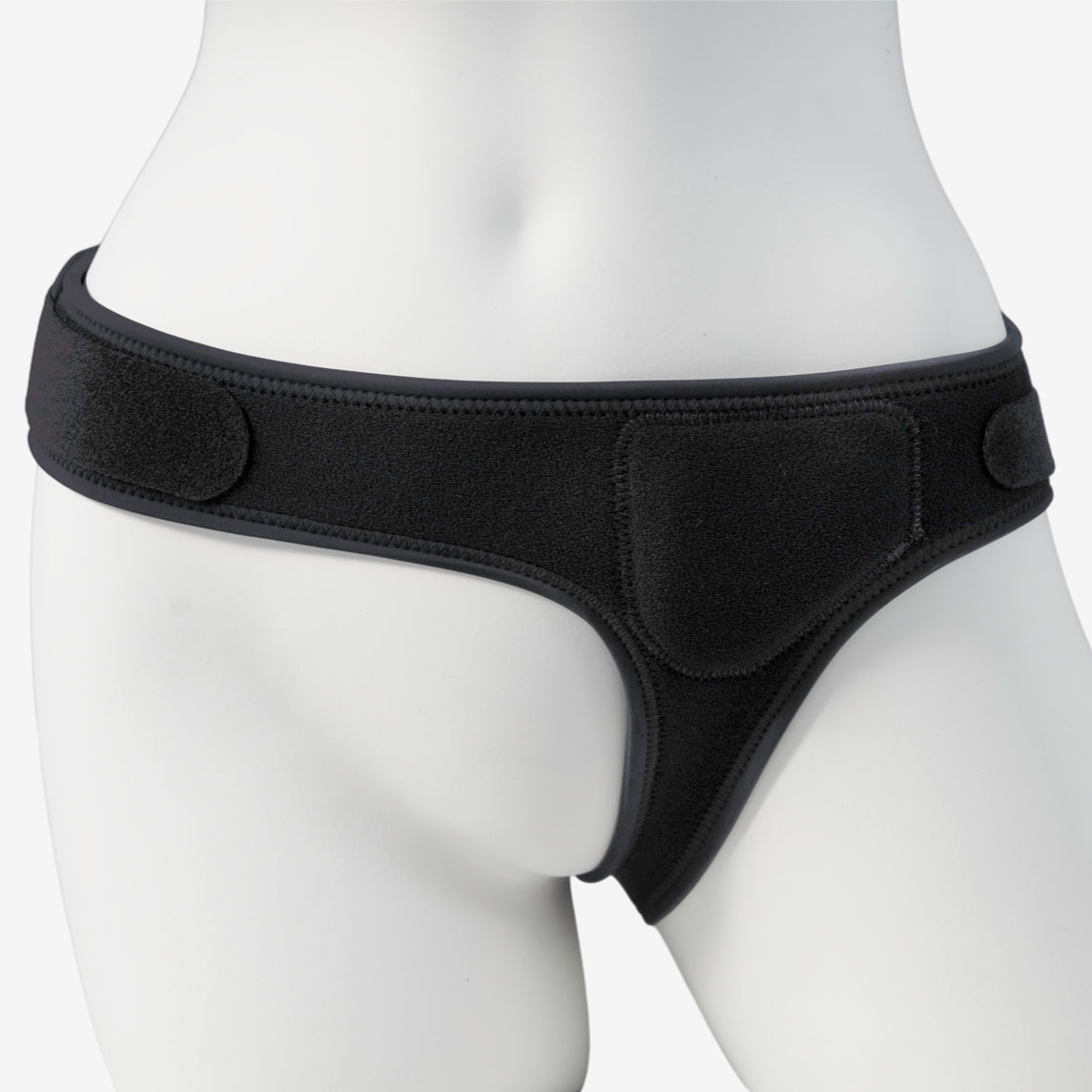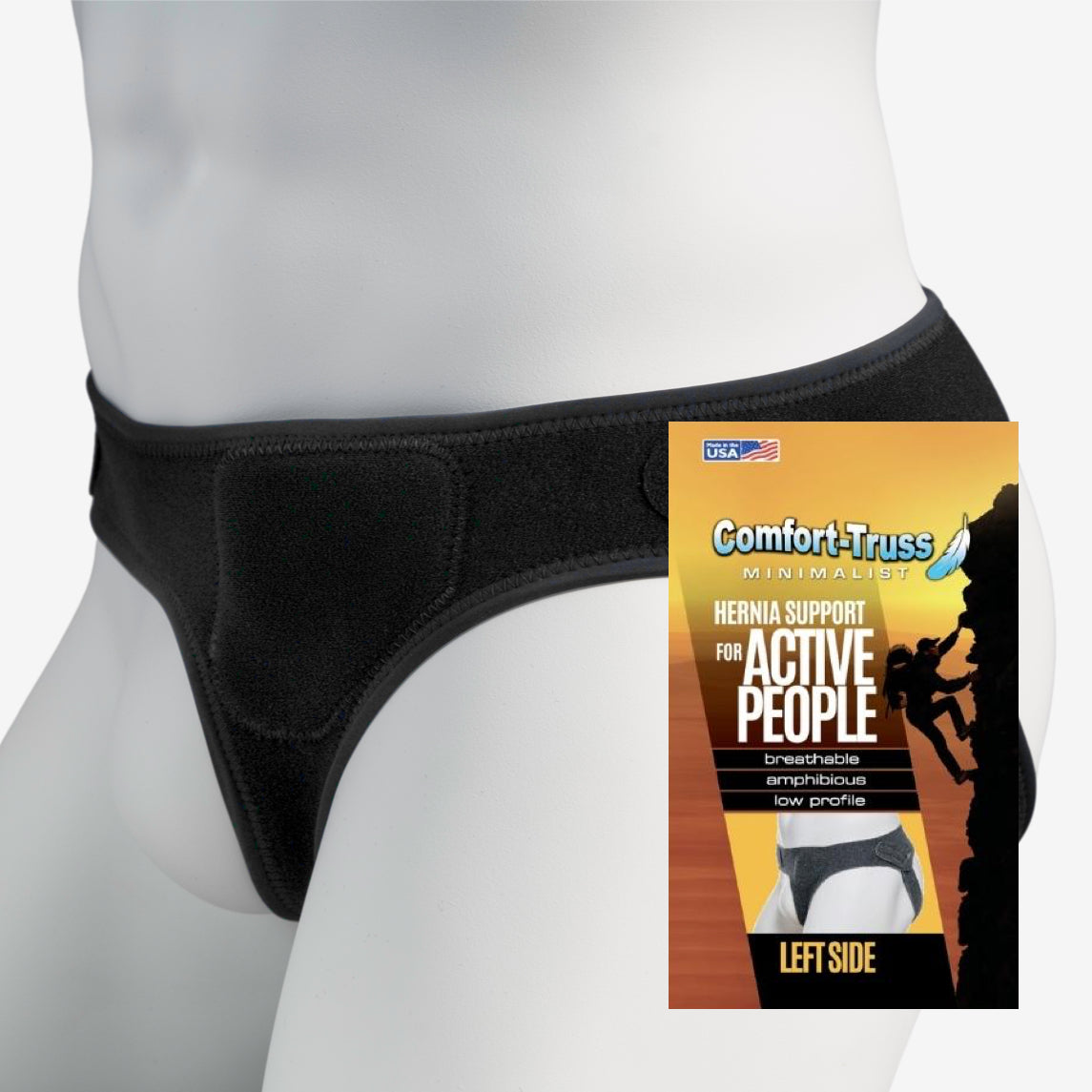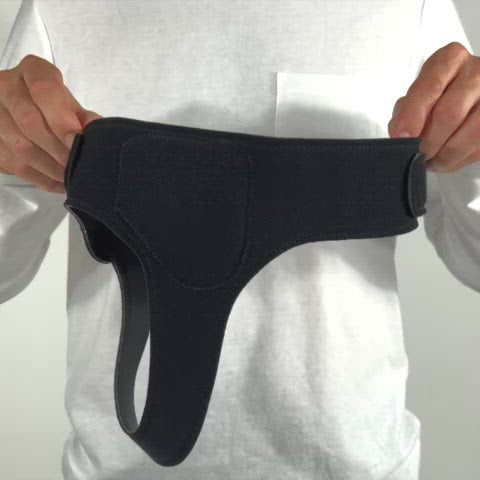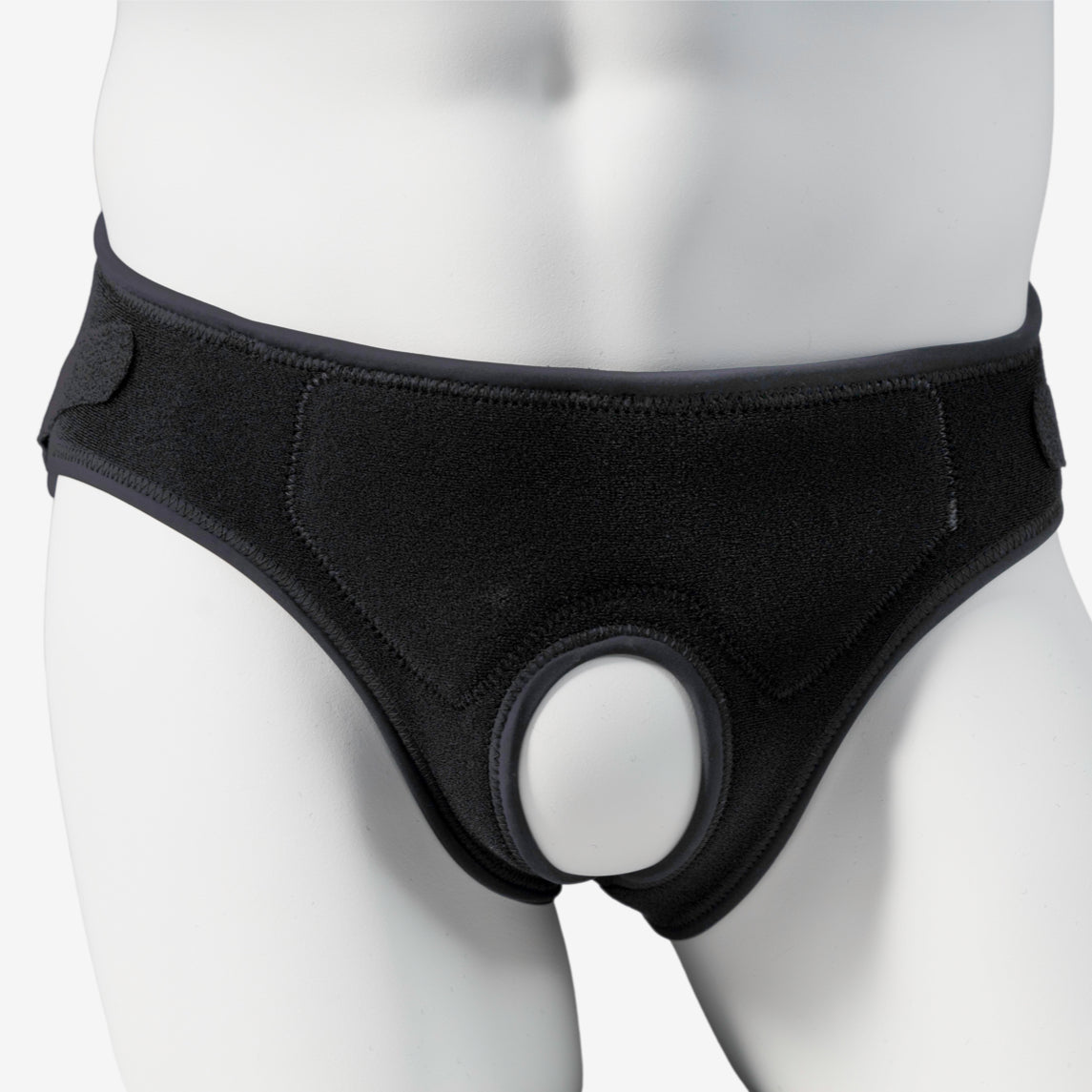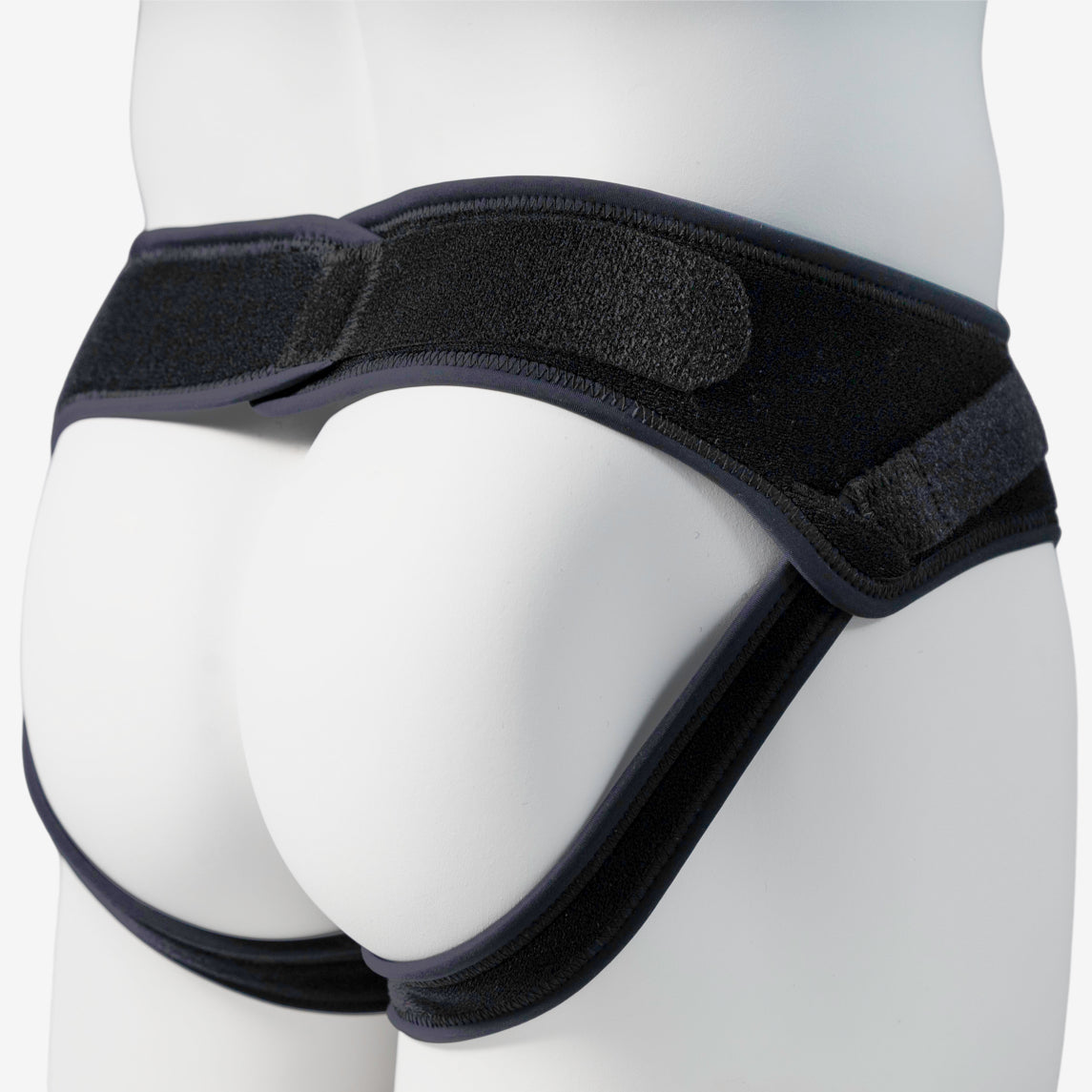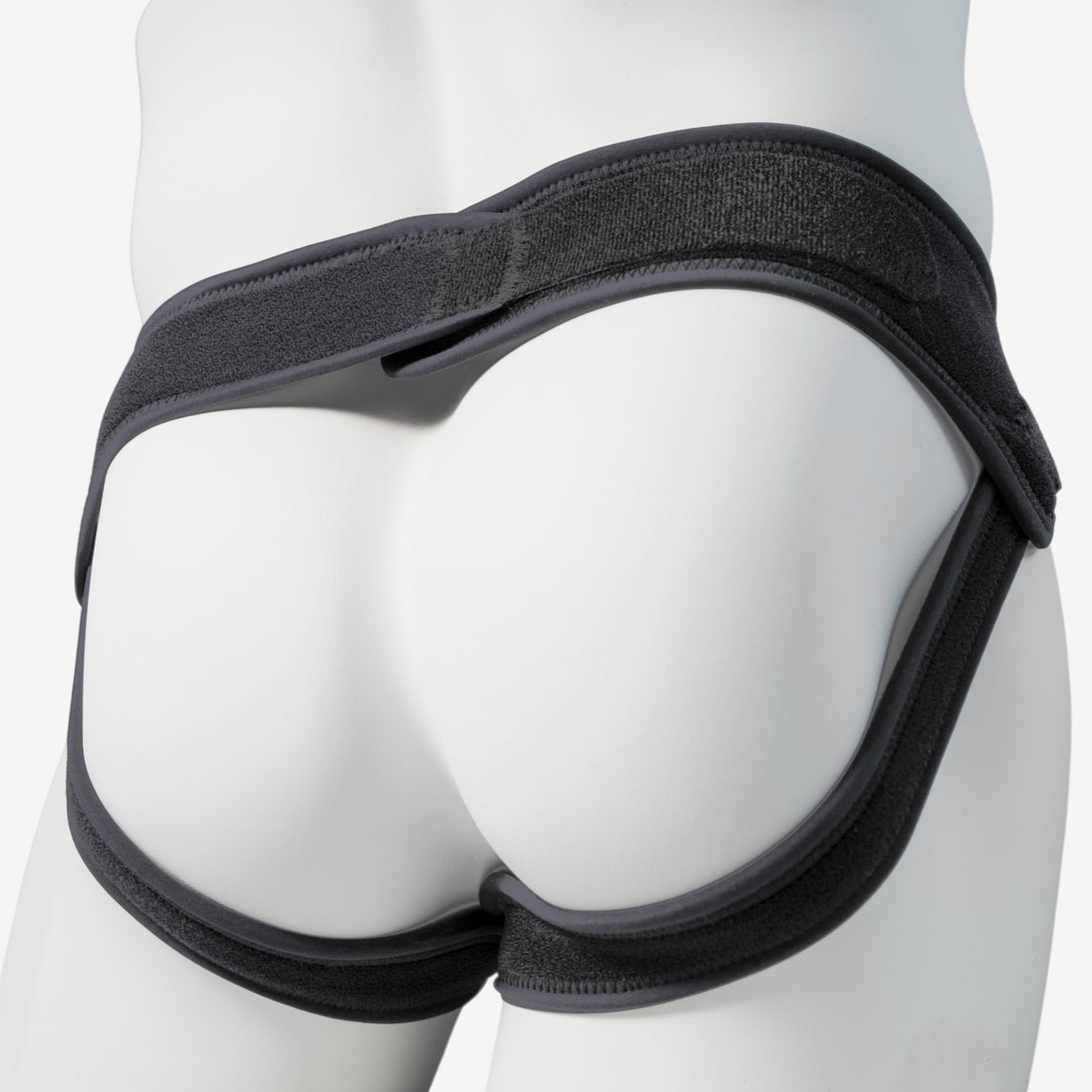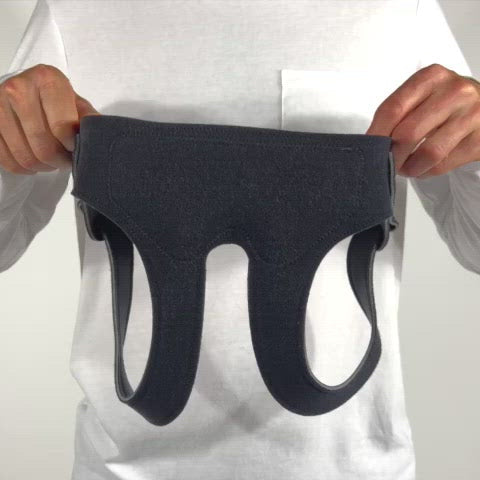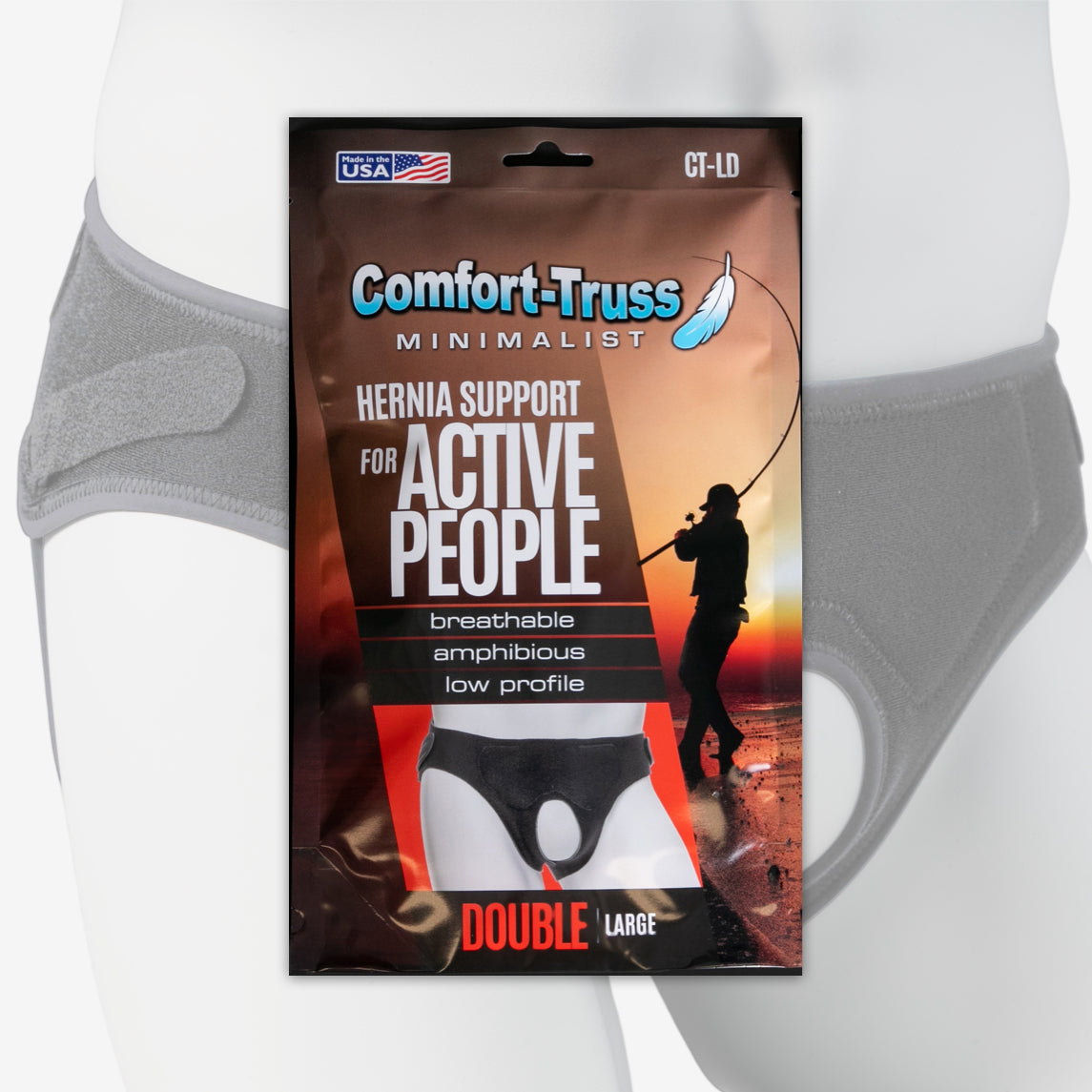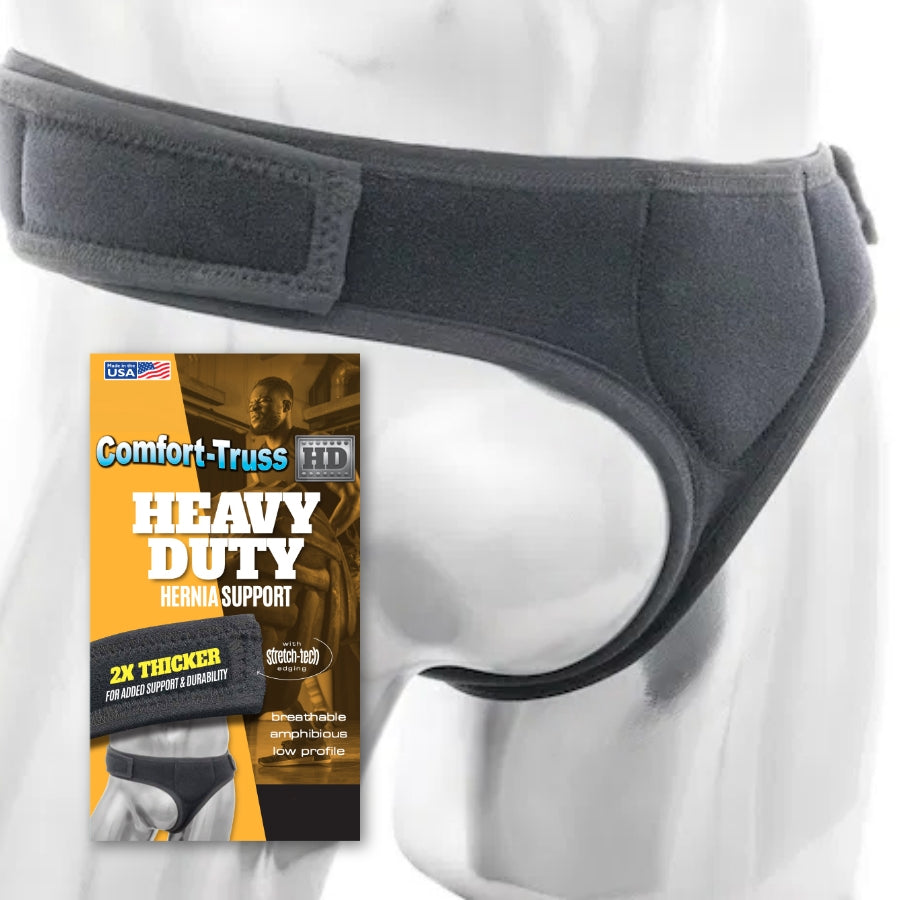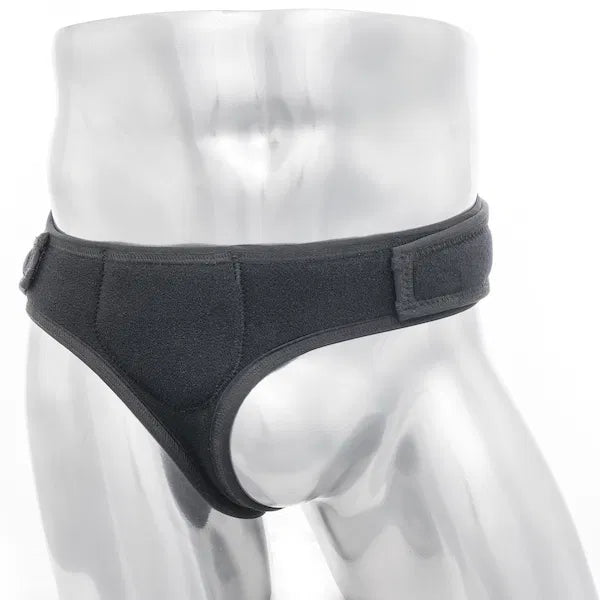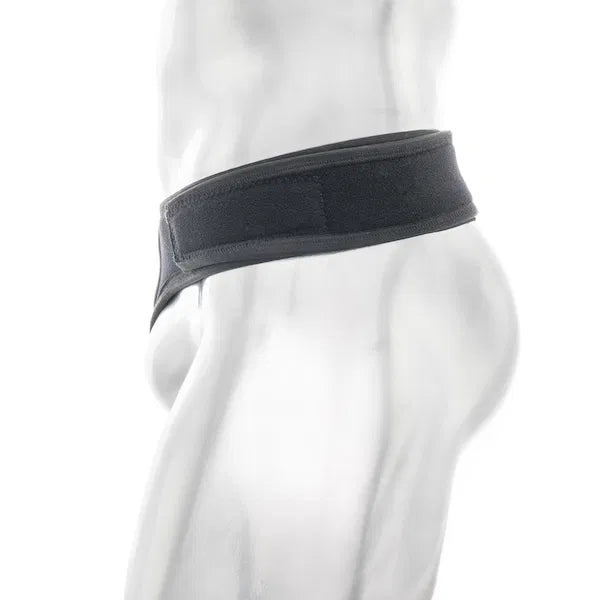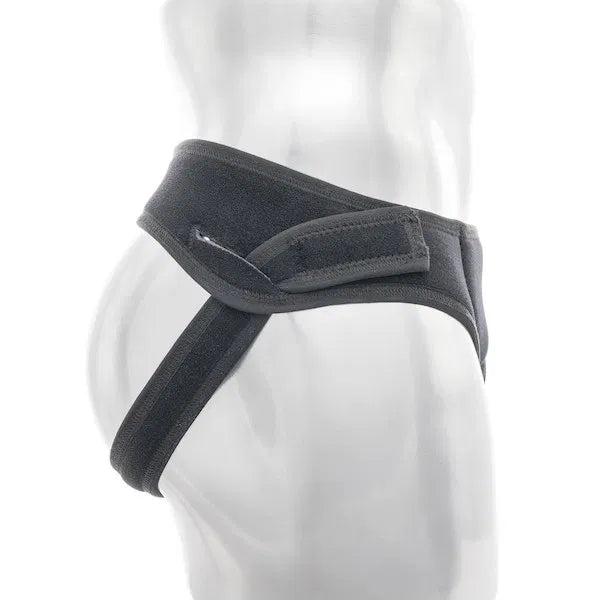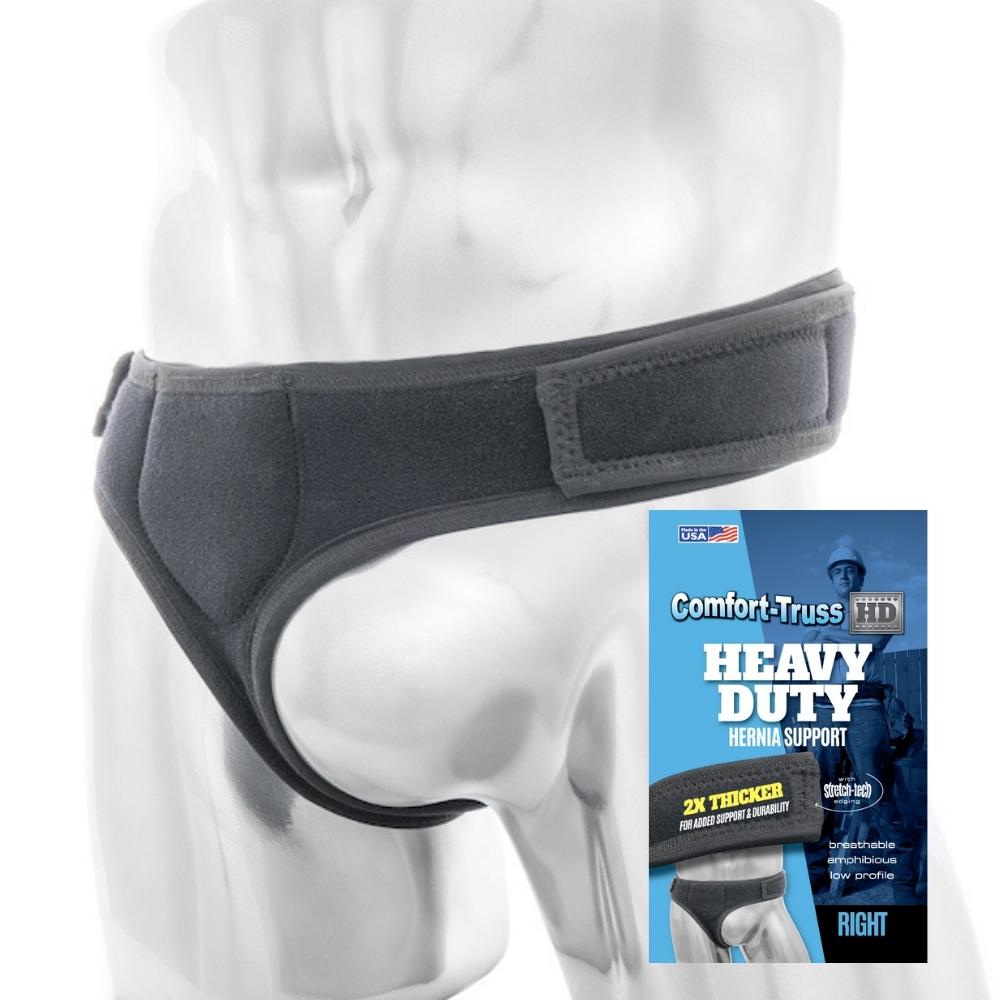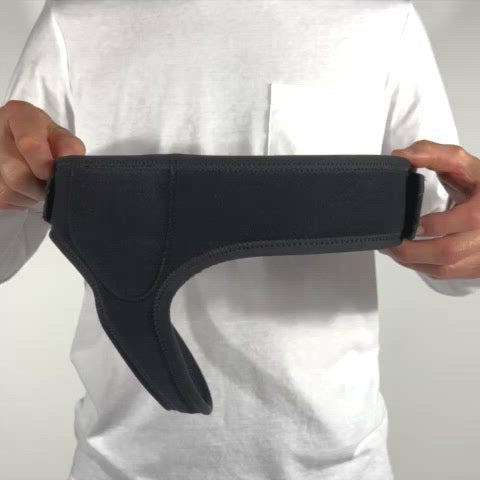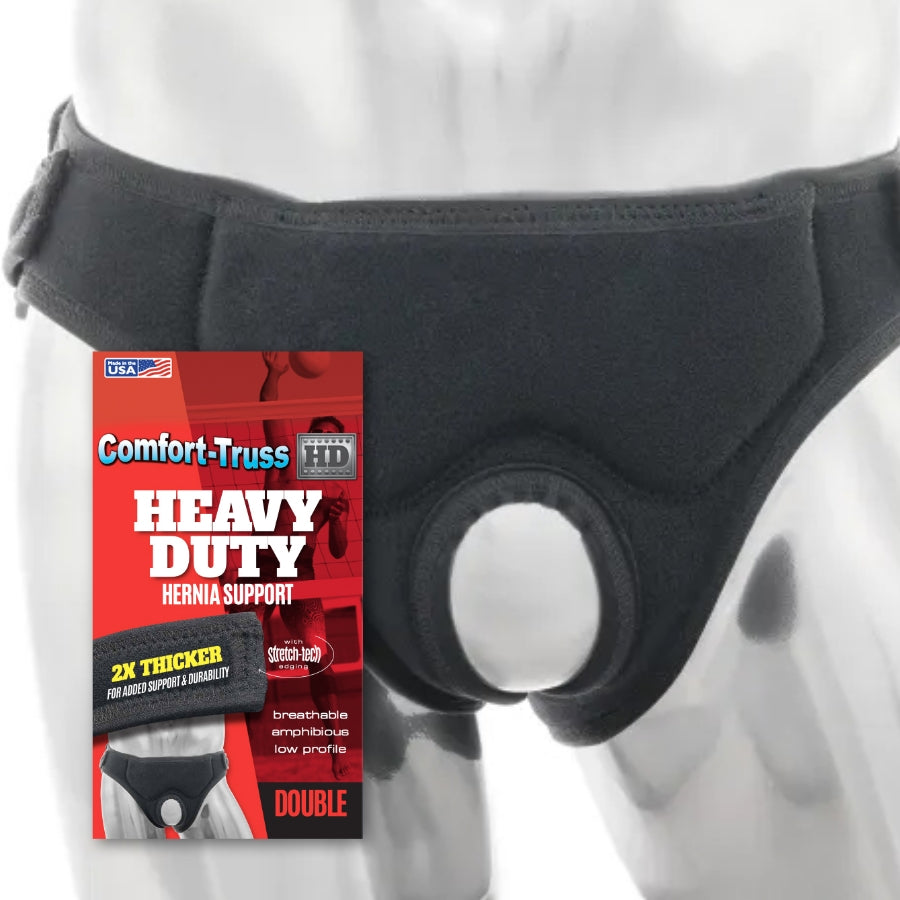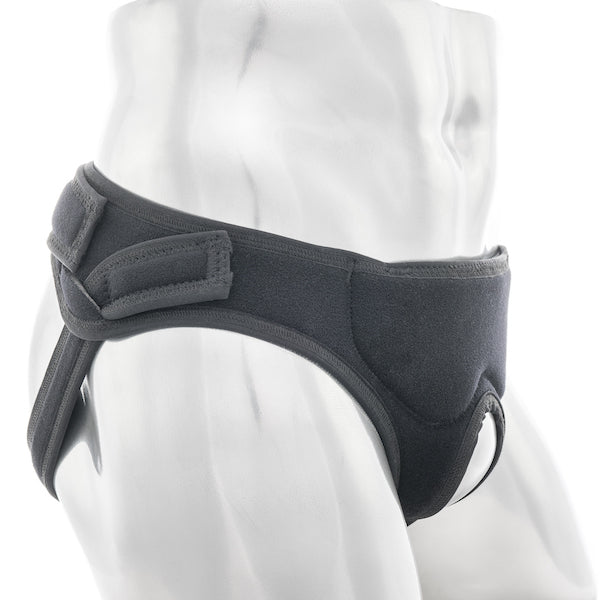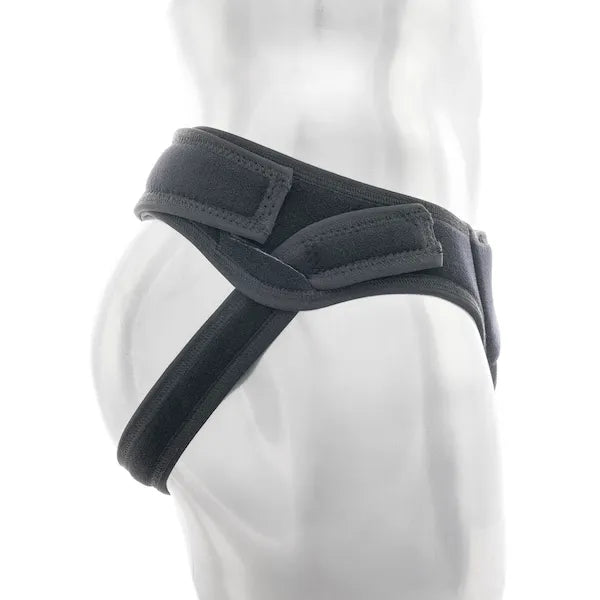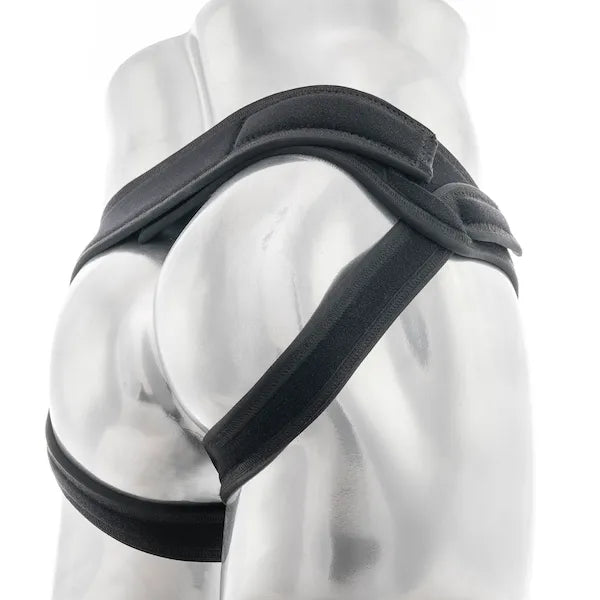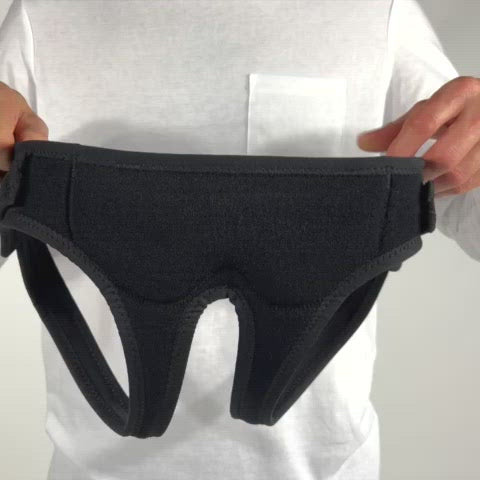Why Most Hernia Belts Don’t Work — And What Makes Comfort-Truss Different

When I was diagnosed with an inguinal hernia, I did what most people do: started researching hernia belts. I bought a few of the top-rated options, hoping one of them would let me stay active without constant discomfort or fear of making things worse. What I found instead were bulky, awkward belts that didn’t stay in place and offered inconsistent, uncomfortable support. And worse, they made me more aware of the hernia, not less. Many caused pain instead of relief to the point where I couldn't wear them for more than an hour and would end up throwing them in the trash.
That experience was the start of a long journey, not just to manage my hernia naturally, but to design a hernia support that actually works for people who want to live a full, active life while healing or waiting for surgery. In this post, I want to share what I learned about why most hernia belts fall short and what I did differently when I created Comfort-Truss.
Why Most Hernia Belts Don’t Work
1. Bulky Pads That Cause More Discomfort
Many hernia belts use a huge, convex-shaped pad that digs directly into the hernia site. These pads can actually cause pain instead of relief. I found it impossible to lie on a surfboard or even bend over comfortably with one of these pressing into my groin. Instead of supporting movement, they restrict it entirely.
2. Thick Elastic Straps with Awkward Hardware
Most hernia supports rely on thick, scratchy elastic straps that dig into your skin throughout the day. They don’t stay in place, and the adjustment is limited. Some even have metal buckles that trigger airport security. Not exactly ideal for someone who travels or lives an active lifestyle.
3. Not Low Profile—Impossible to Wear Discreetly
These belts were anything but discreet. They’d ride up on my waist, stick out over my surf trunks, and were visible under almost every type of clothing. I constantly felt like people were staring at me, wondering what I had strapped under my shorts. If a belt makes you self-conscious every time you leave the house, it’s not going to be worn consistently.
The Best Hernia Belt for Active People
When I couldn’t find a hernia belt that supported my lifestyle, I started building my own. Comfort-Truss came out of months of trial and error, wearing prototypes while surfing, riding dirt bikes, traveling, and training.
Here’s what I focused on:
- Minimal Low-Profile Design that stays in place without restricting movement.
- Breathable, Soft Materials that can be worn all day with zero irritation in or out of the water, even on the hottest days.
- Consistent, Targeted Compression with a flat pad that supports the hernia without getting in the way or putting pressure on the wrong areas.

The result is a support belt that helps people live their lives and stay mentally focused on recovery. When your mind is constantly focused on your hernia, it holds you back from fully living your life and doing the things you love. Comfort-Truss frees up your mind so you can actually move toward healing or live your life normally until you can have your surgical repair done.
Watch this review from James, who used Comfort-Truss while waiting for surgery and got his life back in the meantime:
Comfort-Truss: Natural Hernia Support and a Bridge to Surgery
Let’s be clear: Comfort-Truss doesn’t heal hernias. But it plays a key role in supporting a natural recovery plan by giving you the stability and freedom to work on what does lead to healing: strengthening your core, improving posture, reducing internal pressure, and building confidence.
At the same time, Comfort-Truss can also be incredibly helpful for those who’ve chosen surgery but are still waiting for their procedure. Many people feel like they have to hit pause on life until their surgery date arrives, but that’s not true. With the right support, you can stay active, reduce discomfort, and maintain your quality of life until it’s time for your operation. Comfort-Truss gives you a way to keep moving, safely.

If you’ve been frustrated with traditional hernia belts or felt like they were designed by someone who never actually used one, you’re not alone. That’s exactly where I started too. And that’s why I built something different.
If you're looking for the best hernia belt for natural recovery or everyday use until your surgery date, Comfort-Truss has you covered.

George Hirst
George Hirst is the creator of the Comfort-Truss hernia belt and the voice behind its blog. As an athlete determined to continue living an active life without surgery, and frustrated by the lack of comfortable, functional options after his own hernia diagnosis, he developed a solution that could keep up with an active lifestyle. His writing draws on deep personal experience, insights from a large community of hernia sufferers, and a commitment to helping others manage their condition without giving up the activities they love.




